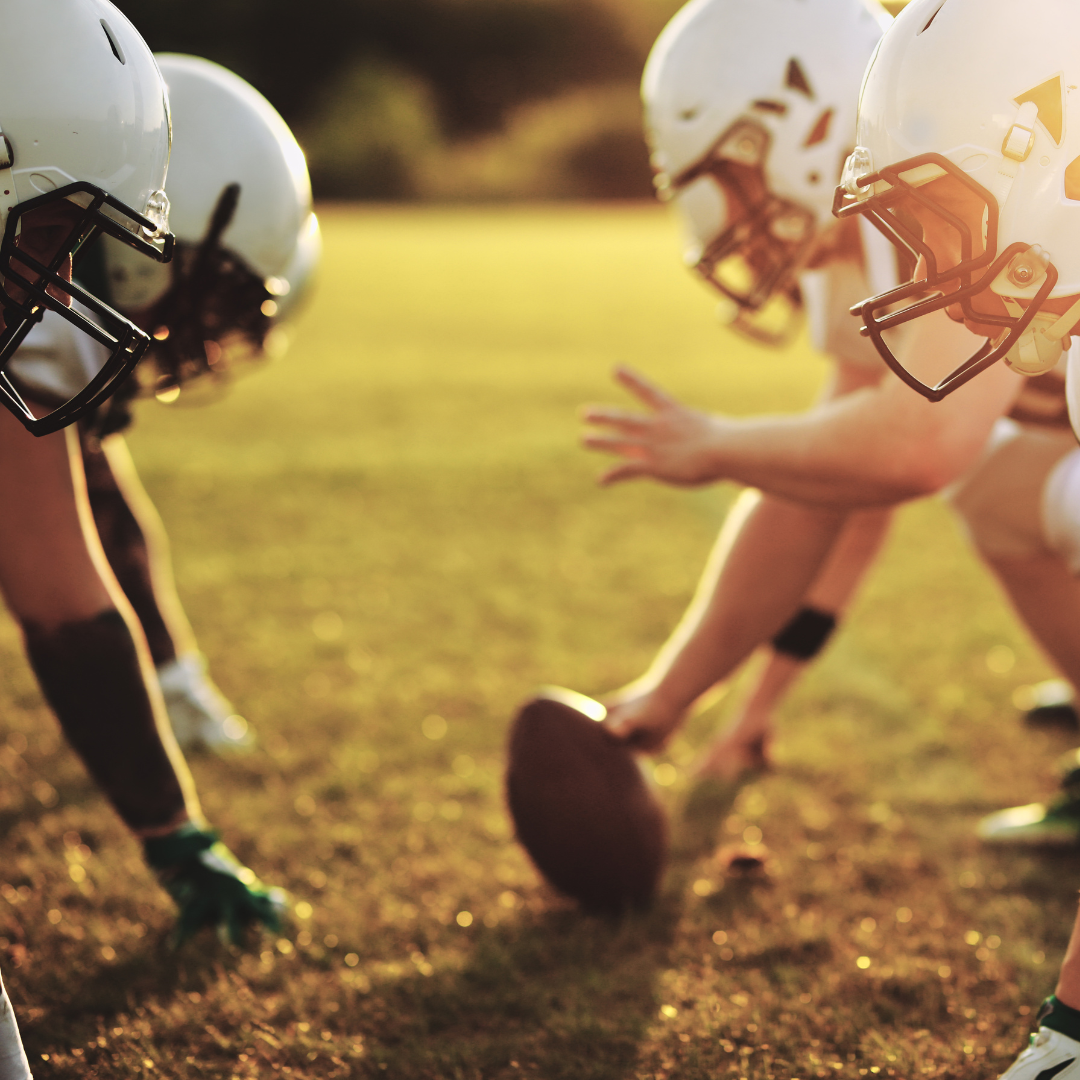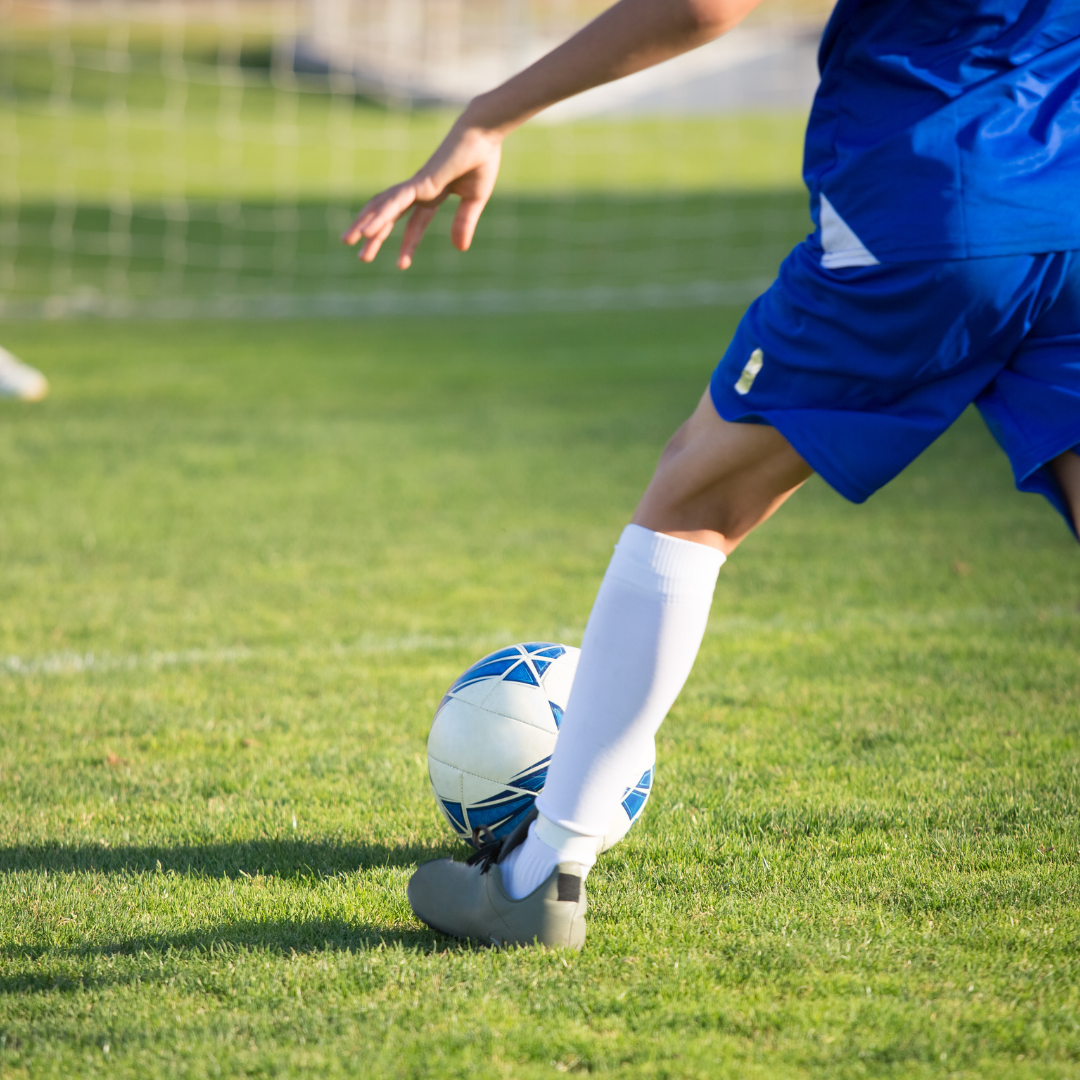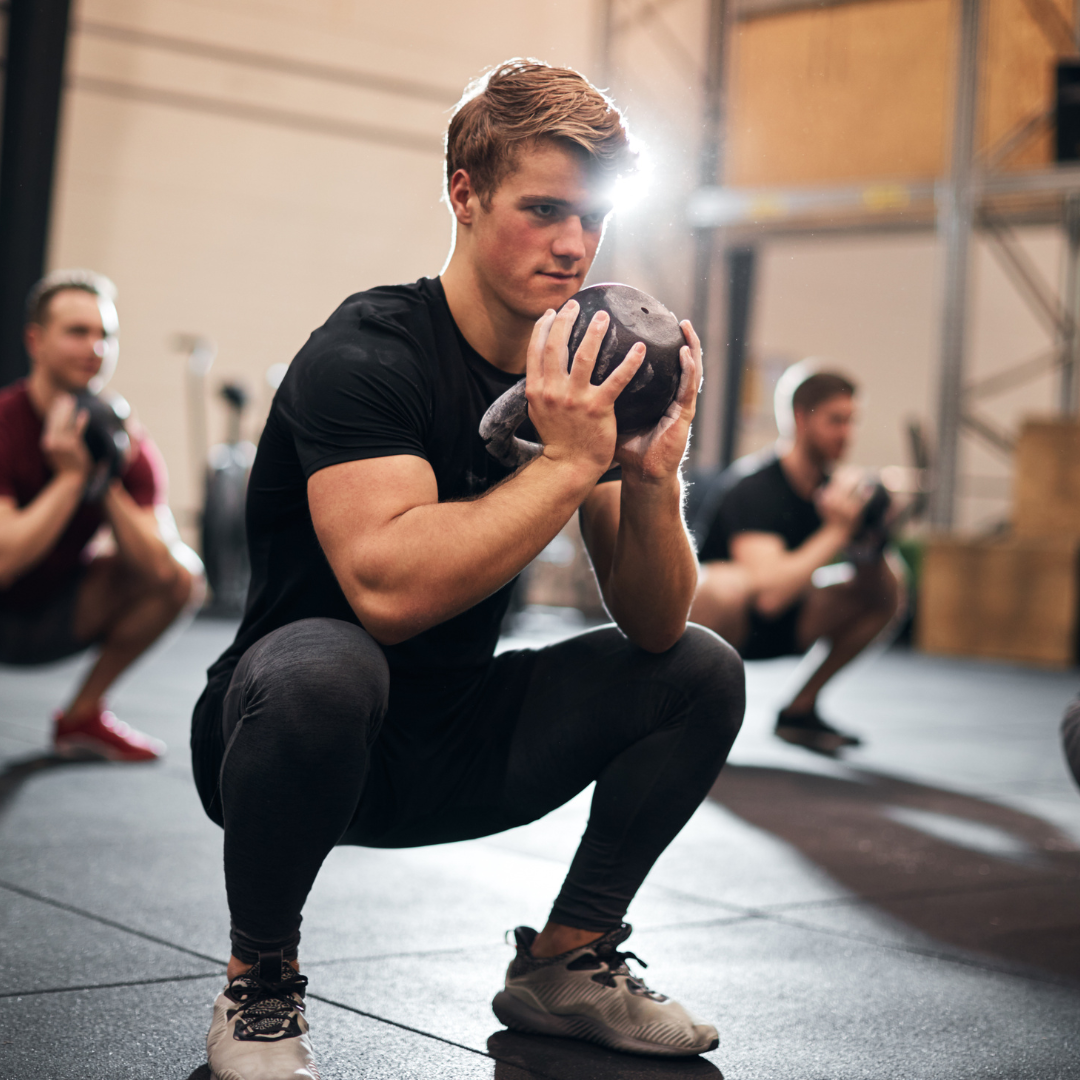Weekly Newsletter
Curated articles every weekApplied Sports Science Weekly Digest #383


Frontiers in Sports and Active Living | December 2024
Longitudinal performance trajectories of young female sprint runners: a new tool to predict performance progression
“LMM provided longitudinal sport performance data, enabling the establishment of performance benchmarking and prediction of future performance.“

Frontiers in Sports and Active Living | December 2024
Analyzing exercise-to-rest ratios in U19 American football European championship: implications for team success and injury prevention
“Based on the running-passing activities ratio, the video match analysis can provide a foundation for the strength and conditioning program for long-term athlete development and injury prevention.“

Frontiers in Sports and Active Living | December 2024
Tactical critical thinking program on the tactical efficiency index, declarative and procedural knowledge in male soccer players: a case study
“The findings suggest that integrating critical thinking into sports training could be a strategy to enhance the tactical abilities of young soccer players.“

Journal of Science and Medicine in Sport | December 2024
The effect of training distribution, duration, and volume on VO2max and performance in trained cyclists: A systematic review, multilevel meta-analysis, and multivariate meta-regression
“This review encourages athletes and coaches to focus on appropriate training distribution rather than fixating on a specific model, emphasizing the need for further research to understand optimal training practices.“

CoachMePlus SportLab | December 2024
How CoachMePlus Can Be Used By Everyone
“In today’s high-performance world, data-driven approaches are revolutionizing the way we train, monitor, and optimize physical performance across various fields.”
Newsletter History
Applied Sports Science Weekly Digest #344
Frontiers in Sports and Active Living | March 2024Effects of an integrative warm-up method on the range of motion, core stability, and quality of squat performance of young adults"The effect of the treatment was the occurrence of a transformational processes in almost...
Applied Sports Science Weekly Digest #343
Frontiers in Sports and Active Living | March 2024Training zones in competitive swimming: a biophysical approach"This overall knowledge allows advancing toward more objective training programs and highlights the importance of systematic training control and swimmers'...
Applied Sports Science Weekly Digest #342
Frontiers in Sports and Active Living | March 2024In-contest body acceleration profiles for the judo male and female weight divisions"Professionals should tailor the training regimens to accommodate these distinct profiles within the weight and gender...
Research Articles
Suggested articles for further readingBODY COMPOSITION
Jackson, A and Pollock, M. Generalized equations for predicting body density of men. British Journal of Nutrition. 1978;40:497-504. Abstract
Siri, W. Body composition from fluid space and density. Brozek & A. Hanschel (Eds.), Techniques for measuring body composition. 1961;223-244. Abstract
Brozek, J, Grande, F, Anderson, J, and Keys, A. Densitometric analysis of body composition: Revision of some quantitative assumptions. Annals of the New York Academy of Sciences. 1963;110:113-140. Abstract
INJURY PREVENTION IN YOUTH ATHLETES
Chu, D., A. Faigenbaum, and J. Falkel. Progressive Polymetrics for Kids. Monterey, CA: Healthy Learning. 2006
Hewett, T. G. Myer, and K. Ford. Reducing knee and anterior cruciate ligament injuries among female athletes. J Knee Surg 18:82-88. 2005.
Micheli, L. Preventing injuries in sports: What the team physician needs to know. In: F.I.M.S. Team Physician Manual, 2nd ed., K. Chan, L. Micheli, A. Smith, C. Rolf, N. Bachl, W. Frontera, and T. Alenabi, eds. Hong Kong: CD Concept. 2006. pp. 555-572.
RPE (RATING OF PERCEIVED EXERTION)
Pandolf, K, Billings, D, Drolet, L, Pimental, N, and Sawka, M. Differentiated ratings of perceived exertion and various physiological responses during prolonged upper and lower body exercise. European Journal of Applied Physiology and Occupational Physiology. 1984;53:5-11. Abstract
Baden, D, McLean, T, Tucker, R, Noakes, T, and St Clair Gibson, A. Effect of anticipation during unknown or unexpected exercise duration on rating of perceived exertion, affect, and physiological function. J Sports Med. 2005;39:742-746. Abstract
SLEEP
For a more thorough list about sleep, check out Fatigue Science’s extensive research page.
Russel, C., PhD, J.A., PhD, Arand, D., PhD, Myers, L.J., PhD, Wubbels, P., BS, and Downs, H., PhD. Validation of the Fatigue Science Readiband™ Actigraph and Associated Sleep/Wake Classification Algorithms. Archinoetics, LLC.
Globe and Mail. The Globe and Mail, 31 Dec. 2014. Web. 13 Apr. 2015. Article
Mah CD; Mah KE; Kezirian EJ; Dement WC. The effects of sleep extension on the athletic performance of collegiate basketball players. SLEEP 2011;34(7):943-950.
GPS (GLOBAL POSITIONING SYSTEM)
Varley M, Fairweather I and Aughey R. Validity and reliability of GPS for measuring instantaneous velocity during acceleration, deceleration and constant motion. Journal of Sports Sciences. 2012;30(2):121-127. Abstract
Boyd L, Ball K and Aughey R. Quantifying external load in Australian football matches and training using accelerometers. I J Sports Phys and Perf. 2013;8(1):44-51. Abstract
Gabbett T. Quantifying the physical demands of collision sports; does microsensor technology measure what it claims to measure? J Strength and Conditioning Research. 2013;27(8):2319-2322. Abstract
HYDRATION
For a thorough list of publications about hydration, visit the Gatorade Sports Science Institute Publications page.
Osterberg, K, Horswill, C, and Baker, L. Pregame urine specific gravity and fluid intake by National Basketball Association players during competition. Journal of Athletic Training – J ATHL TRAINING. 2009 01-02;44(1):53-7. Abstract
Godek, S, Peduzzi, C, Burkholder, R, Condon, S, Dorshimer, G, and Bartolozzi, A. Sweat rates, sweat sodium concentrations, and sodium losses in 3 groups of professional football players. Journal of Athletic Training. 2010 Jul-Aug; 45(4): 364–371. Abstract
WELLNESS QUESTIONNAIRE
Hooper, S, Mackinnon, L. Monitoring overtraining in athletes: recommendations. Sports Med. 1995;20(5):321–327.
McLean, B, Coutts, A, Kelly, V, McGuigan, M, and Cormack, S. Neuromuscular, endocrine, and perceptual fatigue responses during different length between-match microcycles in professional rugby league players. International Journal of Sports Physiology and Performance. 2010;5:367-383. Abstract
HRV (HEART RATE VARIABILITY)
Holman, A and Ng, E. Heart rate variability predicts anti-tumor necrosis factor therapy response for inflammatory arthritis. Auton Neurosci. 2008;143:58-67. Abstract
Fomin, R and Nasedkin, V. Effective management of athlete preparation: a comprehensive approach to monitoring of athlete’s individual readiness. White paper, Omegawave, ePub. 2013.
FORCE PLATE
Linthorne, N. Analysis of standing vertical jumps using a force platform. American Journal of Physics. 2001. Abstract
Guillaume L, Wagner P, and Tombleson T. Countermovement jump height: gender and sport-specific differences in the force-time variables. Journal of Strength and Conditioning Research. 2013. Abstract
ithlete. Guide to training with heart rate variability (HRV). HRV Fit Ltd. 2012. Download
